The transition to sustainable energy solutions drives the increasing prominence of electric vehicles (EVs) in the automotive industry. An essential aspect of this shift is the creation of an adequate and extensive charging infrastructure. Future EV charging infrastructure has the potential to bring about significant improvements that will facilitate the uptake of electric vehicles, lessen dependency on fossil fuels, and contribute to environmental cleanup. This piece delves into the current status of EV charging infrastructure, the upcoming innovations, and the obstacles that must be overcome to ensure a smooth transition to electric mobility.
Table of Contents
Current State of EV Charging
Over the past ten years, there has been a notable increase in the market for electric vehicles, or EVs. With more individuals transitioning to eco-friendly transportation, accessible and dependable charging infrastructure has become essential. There are various EV chargers available, including home Level 1 and Level 2 chargers and public fast chargers such as DC fast chargers. These options enable EV owners to recharge their vehicles at home, work, or while on the move. Companies are continuously developing innovative EV charging solutions to meet the diverse requirements of today’s EV drivers, ensuring that the charging process is as convenient and efficient as possible.
Benefits of Expanded EV Infrastructure
Expanding the electric vehicle (EV) charging infrastructure brings multiple benefits beyond providing convenience for EV owners. It tackles the widespread issue of “range anxiety” that prospective EV customers experience, wherein they worry about the restricted range of their cars and the accessibility of charging stations along their journey. More people are encouraged to convert from internal combustion engines to electric automobiles via a broad charger network, drastically lowering greenhouse gas emissions and promoting a healthier, cleaner environment. Apart from the advantages for the environment, a robust EV infrastructure can stimulate economic growth by generating new jobs in the production, installation, maintenance, and customer support sectors. This all-encompassing strategy encourages EV adoption on a large scale and supports sustainable urban development.
Innovations in EV Charging
Technological advancements are crucial in the rapid evolution of EV charging solutions. Innovations such as wireless charging, ultra-fast chargers, and smart grid integration are becoming more prevalent, each contributing uniquely to the user experience. Wireless charging eliminates the need for cumbersome plug-in cables, relying instead on electromagnetic fields to transfer energy from the charger to the vehicle. Because ultra-fast chargers can produce much power quickly, they drastically reduce charging times, making long-distance driving with electric cars more feasible. Intelligent grid integration makes better management of energy resources possible, lowering the overall strain on the system and making features like load balancing and dynamic pricing possible. A wider group of consumers are finding EVs more appealing and convenient due to these technological advancements.
Government and Industry Initiatives
Both government and industry players are stepping up to support the growth of EV infrastructure. Government incentives that make investing in EV technology economically possible for consumers and businesses include tax credits, rebates, and subsidies. These incentives lower the initial cost barriers and encourage private and public entities to install more charging stations. Industry collaborations also pave the way for standardized charging solutions, ensuring compatibility across different EV models and charging networks. Businesses and political groups work together to ensure infrastructure development keeps up with the increasing use of electric vehicles, facilitating a smoother transition for all parties concerned.
How Consumers Can Benefit
The expansion of EV charging infrastructure presents a significant advantage to consumers. One immediate benefit is the potential for cost savings due to reduced fuel expenses. Typically, electricity is more affordable than gasoline or diesel, and many EV charging providers offer competitive pricing and membership plans that further reduce costs. Since EVs have fewer moving parts than cars with internal combustion engines, they require less maintenance over time. The increasing availability of charging stations provides added convenience and reliability, simplifying the process of finding a charging point for consumers. As the infrastructure becomes more widespread, consumers will enjoy the advantages of shorter charging times, increased travel flexibility, and the peace of mind that comes with knowing they are contributing to a sustainable future.
Challenges to Overcome
Despite the promising outlook, several challenges remain in scaling up the EV charging infrastructure. The initial cost of implementing widespread charging stations can be prohibitive, requiring substantial investment from both the public and private sectors. Compatibility between EV brands and chargers is another critical issue, as not all charging stations support all vehicle models. Additionally, ensuring that these chargers draw power from sustainable energy sources rather than fossil fuels is vital for maintaining the environmental benefits of EVs. Public awareness and education are also necessary to make the transition smooth, ensuring that potential EV owners understand the benefits and operations of EV charging stations. Collaborative efforts between government, industry, and educational institutions will be crucial in overcoming these obstacles.
Global Perspectives
Countries worldwide are adopting EV technology at various rates, influenced by local policies, economic conditions, and public sentiment. Nations like Norway and the Netherlands lead the charge with extensive charging networks and high EV adoption rates. These countries have implemented progressive policies, such as significant subsidies, tax incentives, and dedicated charging infrastructure projects, to encourage EV adoption. Learning from these global leaders can help shape future strategies for EV infrastructure development elsewhere. They provide valuable insights into best practices for policy implementation, public engagement, and technology deployment. By observing and adopting the successful strategies these nations employ, other countries can accelerate their EV infrastructure development and adoption.
Future Outlook
The future of EV charging infrastructure looks promising, with innovations continually pushing the boundaries of what is possible. EV charging solutions are expected to progress and become more widely available as new businesses enter the market and those already there expand their services. This progression will help achieve global sustainability goals and create a seamless transition to electric vehicles. Governments, industries, and consumers must continue to address challenges and embrace new technologies to ensure the EV revolution is accessible to all. With the collaborative efforts of all stakeholders, the vision of a world equipped with ubiquitous, efficient, and sustainable EV charging infrastructure can become a reality.





























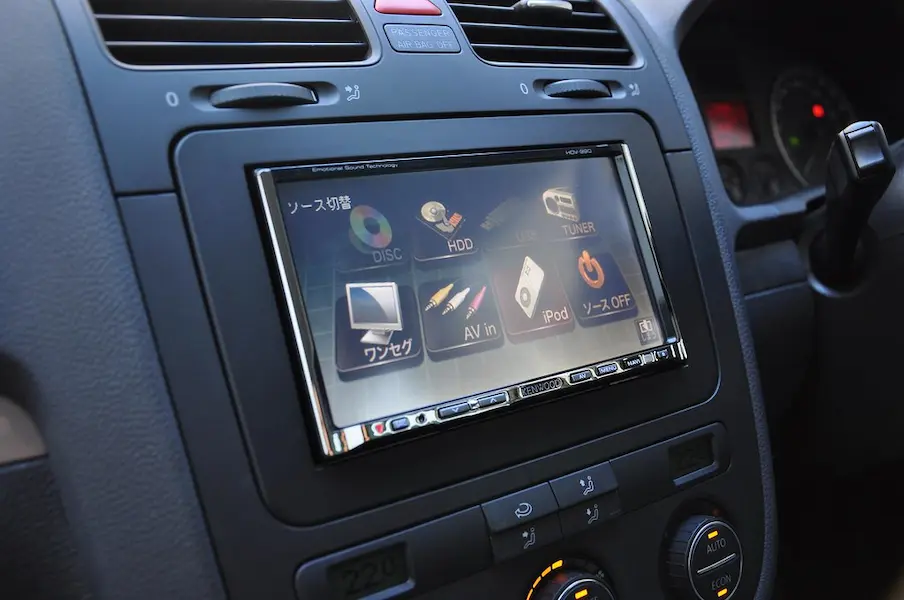





























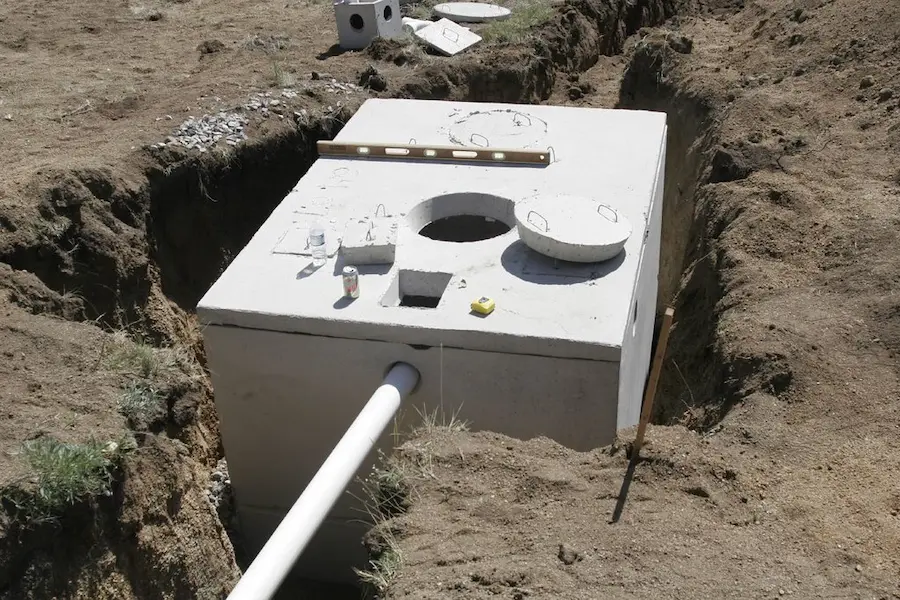





































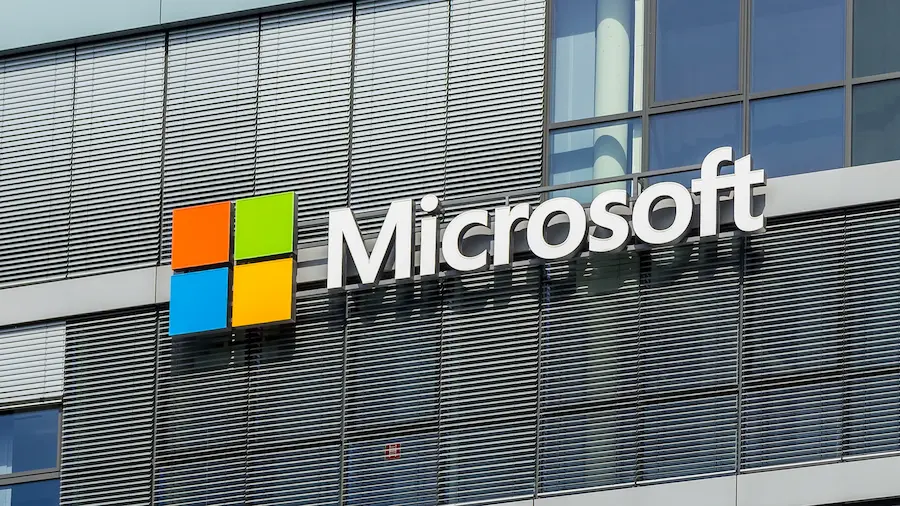






































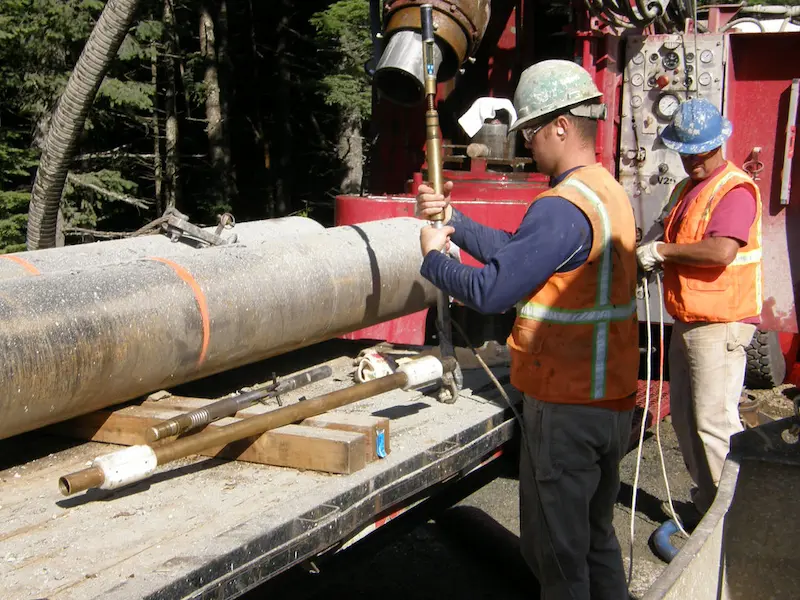


















































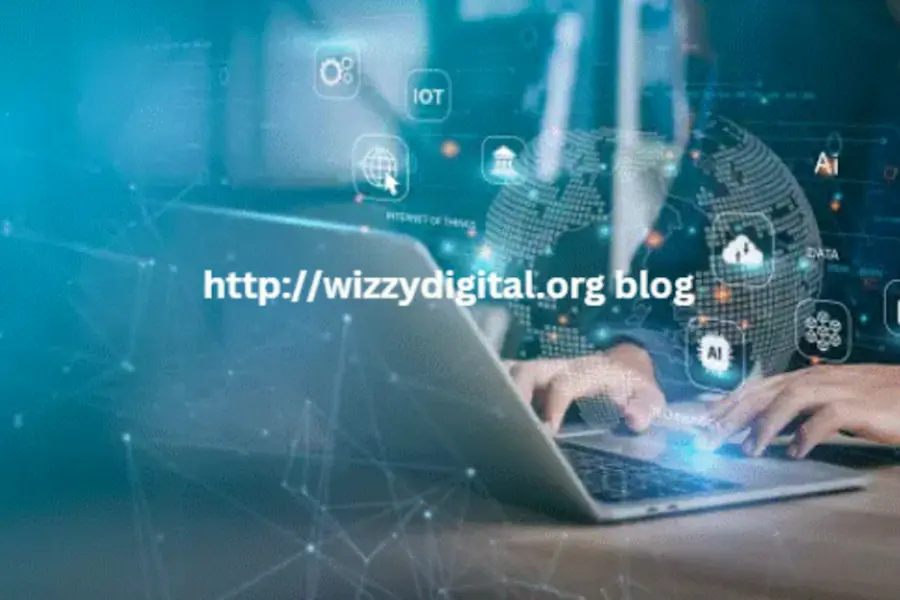


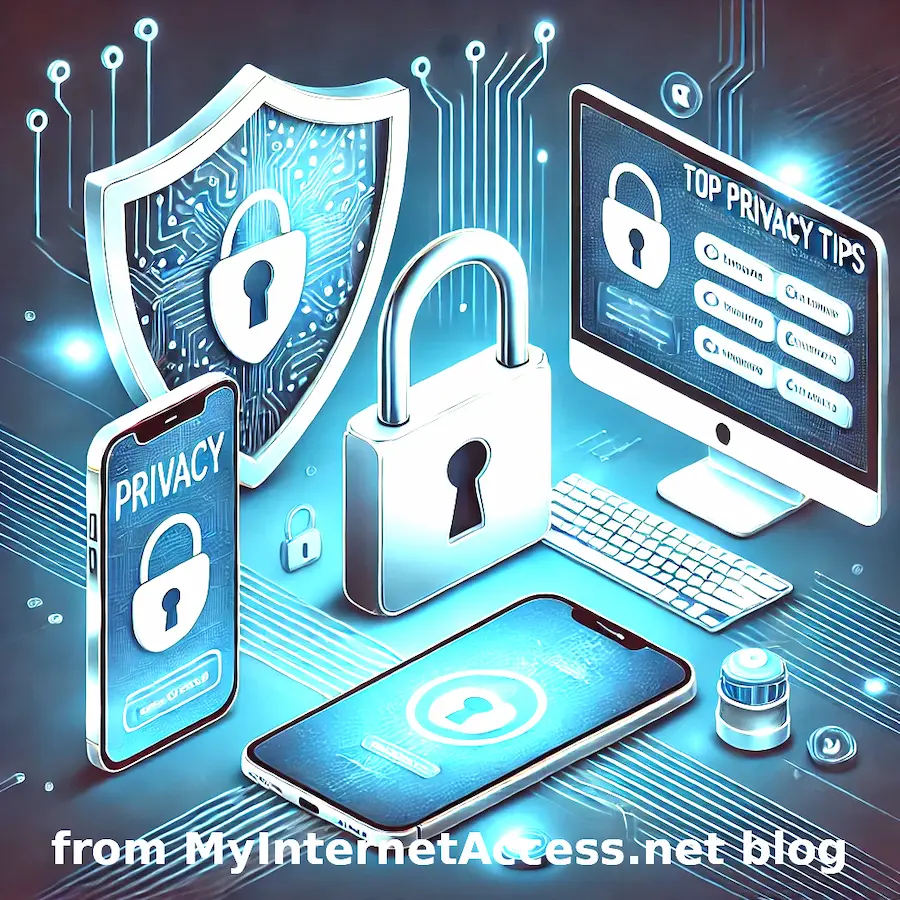






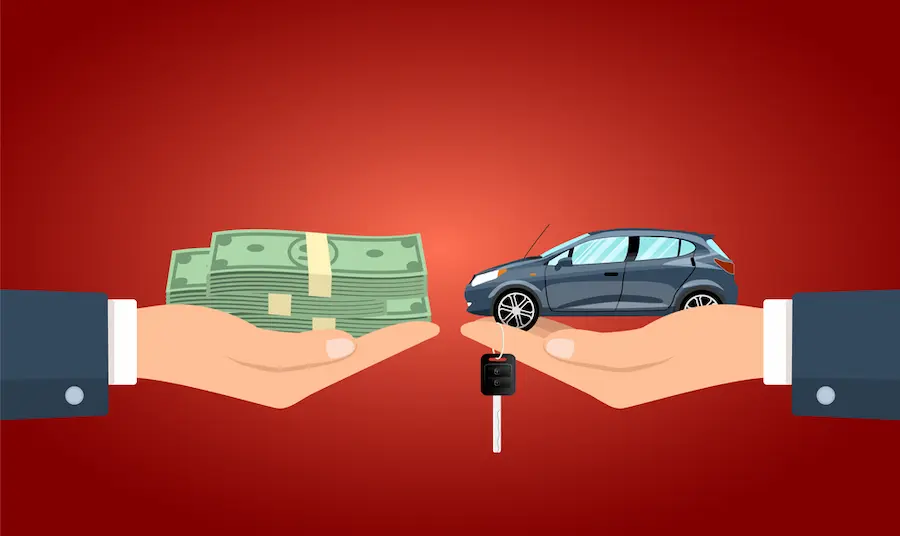









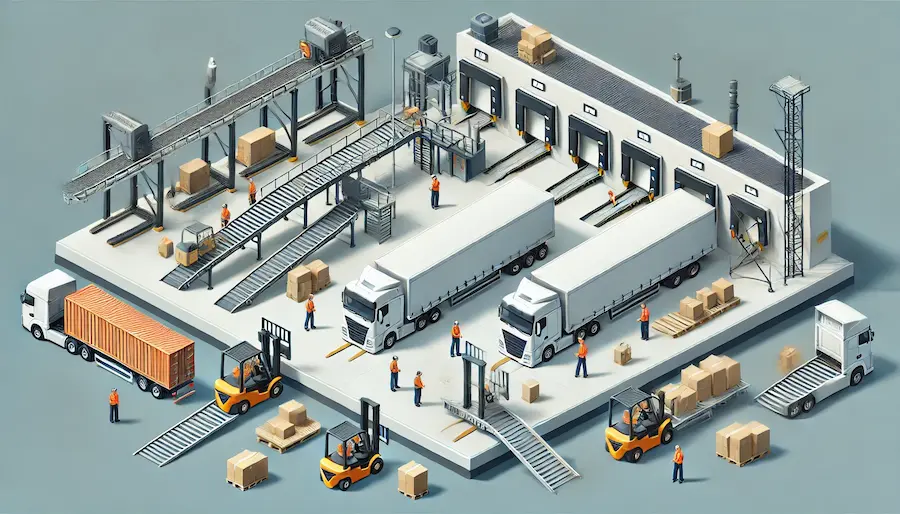






































































































































































































































































































































































































































































































































































































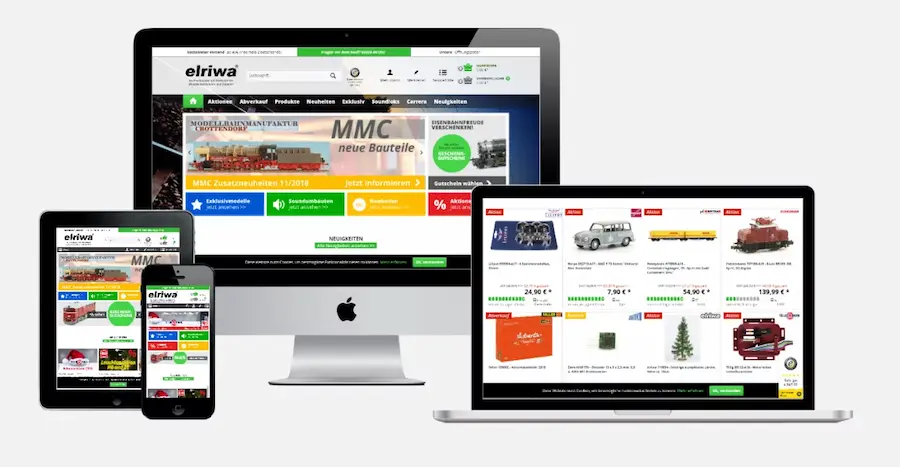







































































































































































































































































































































































































0